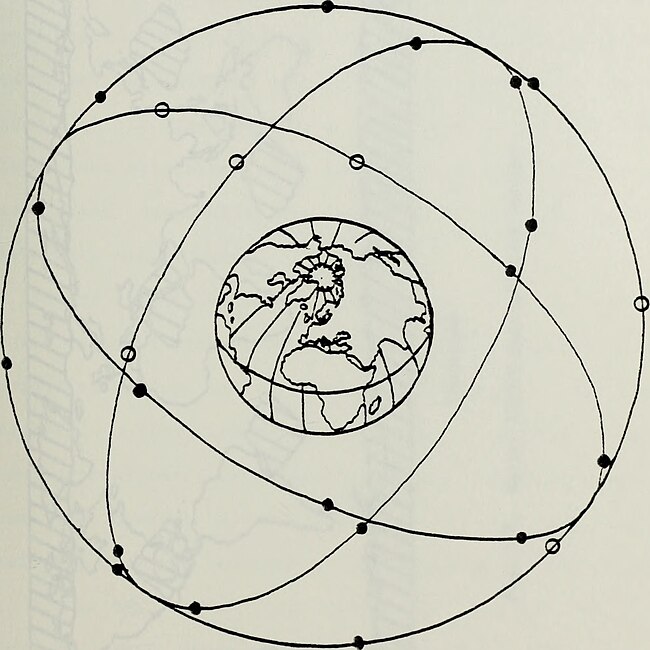Public Digital Backbone/Chapter 7. Global Relevance
7. Global Relevance
[edit | edit source]Introduction:
“India has shown remarkable leadership and vision in building and scaling its digital infrastructure, and has become a global role model for other countries. I believe that by sharing its experience and expertise, India can help accelerate the digital transformation of the world, and contribute to the achievement of the Sustainable Development Goals.” -Satya Nadella, CEO of Microsoft
In our interconnected world, the lessons learned from pioneering digital infrastructures like India's are universally relevant. We attempt to examine the potential of Public Digital Backbones in varied global contexts, drawing parallels, pointing out divergences, and outlining potential roadmaps for nations at different stages of their digital evolution.
*
Estonia: Estonia has been a pioneer in digital government, and its e-Estonia initiative has made it possible for citizens to access a wide range of government services online, from tax filing to voting. Estonia's success has been attributed to its strong political will, its focus on open data and standards, and its investment in digital infrastructure.
South Korea: South Korea has also been a leader in digital government, and its government has invested heavily in high-speed internet and mobile connectivity. South Korea's digital infrastructure has helped to boost its economy and improve the lives of its citizens.
Brazil: Brazil is one of the largest countries in the world, and it is facing the challenge of providing digital public infrastructure to its citizens in a cost-effective way. Brazil has been experimenting with a number of different approaches, including public-private partnerships and the use of open source software.
Kenya: Kenya has been praised for its use of mobile technology to provide government services to its citizens. The M-PESA mobile money platform has been used to provide financial services to millions of Kenyans, and the government has also used mobile technology to deliver healthcare services and education.
United States: The United States has a long history of public investment in infrastructure, but it has lagged behind other countries in the development of digital public infrastructure. The US government is now investing in a number of initiatives to improve its digital infrastructure, including the Build Back Better Act and the Infrastructure Investment and Jobs Act.
Singapore: Singapore is another country that has made significant investments in digital public infrastructure. The government has created a number of digital platforms that make it easier for citizens to access government services, such as the SingPass national digital identity and the GovTech National Digital Repository.
Malaysia: Malaysia is developing a national digital infrastructure called MyDIGITAL, which aims to make the country a leader in the digital economy. MyDIGITAL includes a number of initiatives to improve the country's digital infrastructure, such as the development of a high-speed broadband network and the implementation of a national cloud computing platform.
Uruguay: Uruguay has been praised for its use of digital technology to improve the lives of its citizens. The government has used mobile technology to provide healthcare services, education, and financial services to remote rural communities.
Comparing India's approach with other countries
[edit | edit source]Potential for replication and adaptation
[edit | edit source]Future trends and predictions
[edit | edit source]
